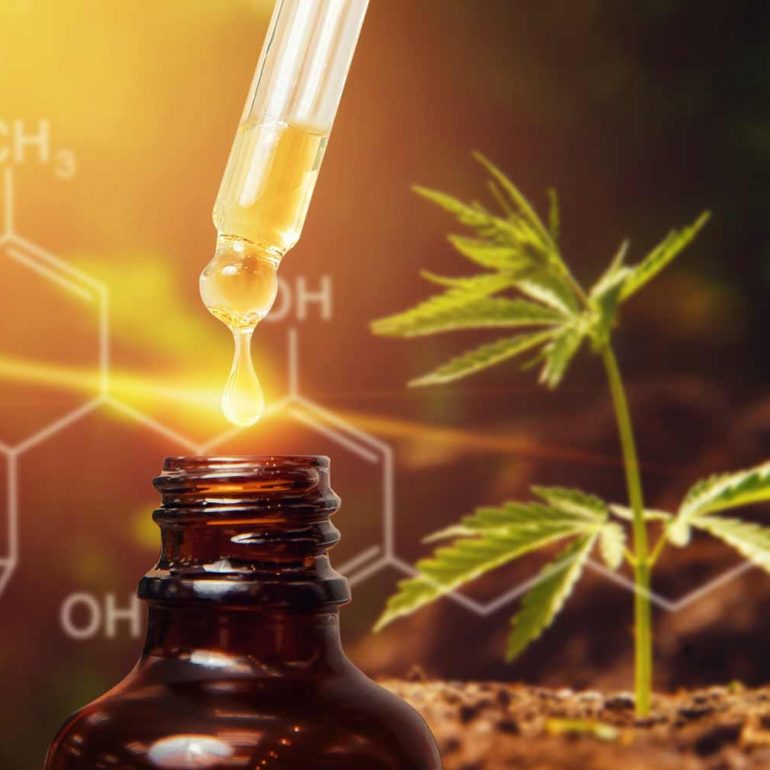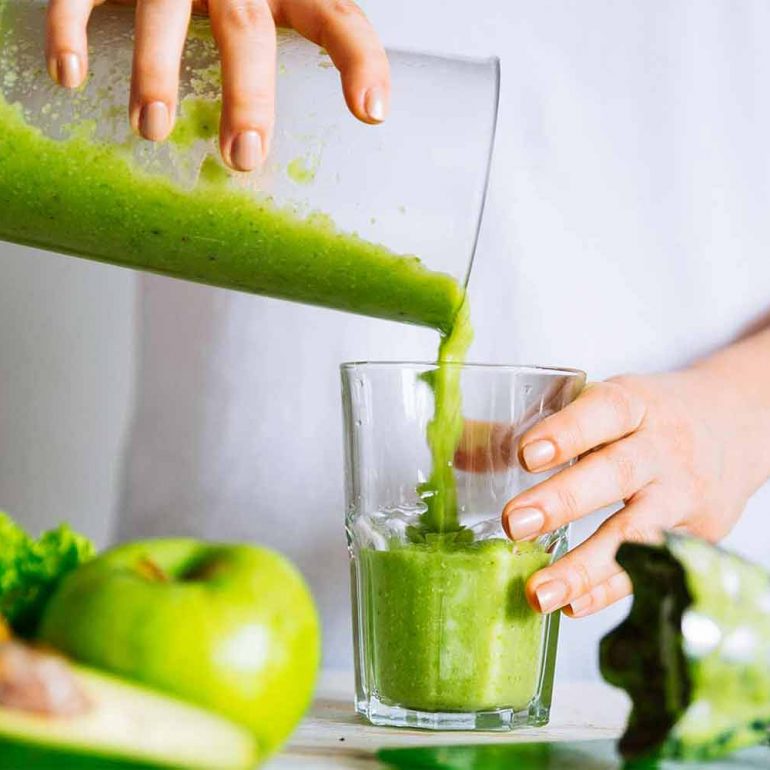A nap would give you a boost, but that seems impossible. A call from the lover who dumped you last year would give you a boost, but that seems impossible. A brownie is possible. Hunger was a huge threat for most of human history. Our brain is good at looking for food because that relieves the threat. When you are anxious, you may find yourself looking for food. Then you may get anxious about what you eat. This thought loop can ensnare you. One minute you’re longing for something to nibble on, and the next minute you’re fearing the consequences. The information that follows helps you escape that loop of food, fear, and anxiety.
Introduction
We’ll see how food stimulates the happy brain chemicals, and how you can redirect yourself toward new ways to stimulate them. Food triggers dopamine, serotonin, oxytocin, and endorphin, which is why it’s so motivating. When you understand these motives, you can enjoy the good feelings without overeating. This series of articles is not aimed at weight loss. It aims to tame anxiety. But since eating is both a cause of anxiety and an effect, it may help you step toward new eating habits. We must understand our natural food impulses in order to manage them, so let’s start with a close look at why our brain responds so intensely to food.
Why We’re so Focused on Food
Watch monkeys at the zoo and you will see that they’re constantly looking for food. They are not even hungry because zookeepers feed them, but their eyes are constantly scanning the ground for potential snacks. Sometimes they see another monkey score, which increases their vigilance. A bit before feeding time, they shift their vigilance to the door where their meal will appear. I used to lead zoo tours and would tell people to think of these monkeys when they find themselves in front of the refrigerator wondering how they got there. Zoos are not a perfect reflection of natural behavior, but if you could see chimpanzees in the wild, you would see even more excitement about food.
We care about food because it works. It really does boost your peak power. Research shows that people make better decisions when their blood glucose is high. When your blood glucose falls, you give in to temptation more easily. (This is known as ego depletion.) The problem is that once your blood glucose is back up to normal, you don’t get additional power from additional food. But you expect to get it because you got it before. This is why you think of food when you need a boost. Our brain is designed to focus on unmet needs. Food doesn’t meet an unmet need if you’ve already eaten, so the relief value of food requires a bit of explaining.
The brownie example
Let’s say it’s afternoon and you’re dreaming of buying a brownie. You need a boost, and it’s the best way you can think of to get it. A nap would give you a boost, but that seems impossible. A call from the lover who dumped you last year would give you a boost, but that seems impossible. A brownie is possible. So even though you’re not really hungry, you get up and buy a brownie. And it works! The act of getting and eating the brownie interrupts the thought pattern you were having when you started dreaming of it. The threat you were imagining is gone, if only for a few minutes. This teaches your brain that a brownie relieves threats.
Let’s say you make good use of your break. You get back to work and tackle the problem that was worrying you. Hooray! But with that threat out of the way, your brain looks around for the next potential threat. You feel the brownie in your stomach and imagine it going to your arteries. You think about calories, additives, gluten, partially hydrogenated fat, and high-fructose corn syrup. Your cortisol surges. We evolved to see food as a reward, but today we often see it as a threat. You read about dietary health risks and hear scare talk from family and friends. Cortisol builds a pathway that triggers fear when you eat or just think about eating.
Understanding fear and food
Fear is an ancient regulator of food choices. Our ancestors lived in fear of running out of food before the next growing season. They feared food shortages due to drought or pestilence or war. Each bite they ate was one less bite that would be available in time of need. Our ancestors managed their food intake the way you might manage your water bottle on a long hike. You weigh the reward against the risk before you open your mouth. Today, we are less fearful of food shortages. We have replaced that fear with the fear of a suboptimal diet. Fear remains our guide because it’s a powerful motivator of self-restraint. So, we have gone from scarcity to abundance without relaxing our fear.
The challenge of the next generation is to eat sensibly with joy instead of with fear. In a world of abundance, overeating is a real threat. To relieve it, we must restrain the food-seeking urge that evolved in a world of scarcity. But self-restraint is a cortisol circuit built by fear of consequences. This leads to the predicament of cortisol-if-you-do and cortisol-if-you-don’t.
How can we make good food choices without constant fear? You can enjoy your steps toward meeting your needs. You can maximize the pleasure of food when you’re hungry and be prepared with other pleasures when you’re not hungry. We’ve seen that happy chemicals are your brain’s signal that a need has been met. You keep striving to stimulate them because it relieves the bad feeling that your survival is threatened. The more ways you can stimulate happy chemicals, the less tempted you are to overeat. Negativity about food is not the path to a healthy diet. You can preserve the pleasure of food and still tame the impulse to reward yourself with food. You can do it one happy chemical at a time.
This is Part One of a five-part series.
Part Two-The Dopamine Value of Food
Part Three- The Oxytocin Value of Food
Part Four- The Serotonin and Endorphin Value of Food
Part Five- Food Trade-Offs and Anxiety
Loretta Breuning, PhD is Founder of the Inner Mammal Institute and author of Habits of a Happy Brain: Retrain Your Brain to Boost Your Serotonin, Dopamine, Oxytocin and Endorphin Levels. She’s Professor Emerita of Management at California State University, East Bay. Her many books and digital resources help people find their power to manage their brain chemicals.




